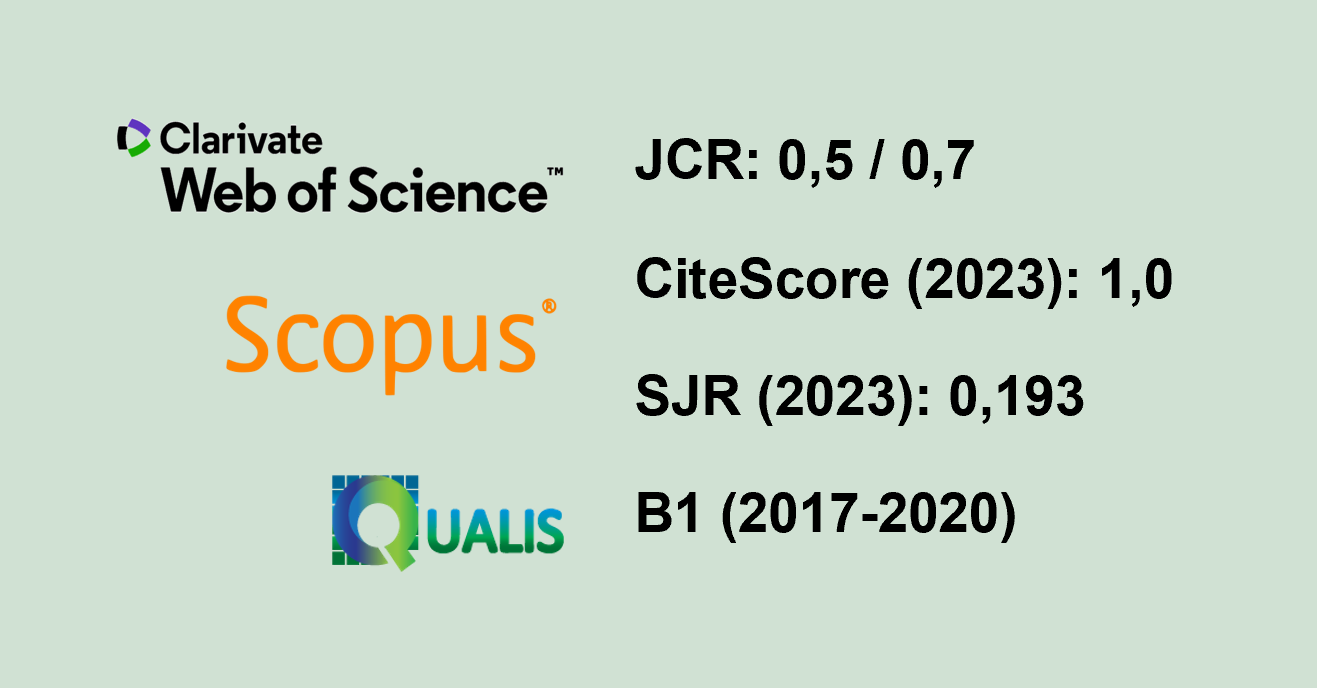VEGETATIVE RESCUE OF Azadirachta indica BY CUTTINGS
Keywords:
Cloning, Neem, Plant propagationAbstract
Finding forest species adapted to different soil and climatic conditions and, that provide favorable attributes to commercial use is a challenge. Azadirachta indica is a potential species to attend to this goal. Thus, this paper aims to carry out the vegetative rescue of different Azadirachta indica Juss adult trees by cuttings. For that, Azadirachta indica individuals were randomly selected in a plantation of species set ten years ago and the cut was carried out at 30 cm in height. In sequence, verification was carried out on: (a) the stem cut ability to regrowth (collections and measurements of the shoot length on the 15th, 30th, 45th, and 60th days); (b) the need to use exogenous auxin for rooting induction [testing 0 (control), 2000, 4000, and 6000 mg.l-1 of Indole-3-butyric acid (IBA)]; (c) the ideal of the propagule size (with 8 cm and 13 cm in height); and (c) the rooting dynamics (every seven days for thirty-five days; the propagules were evaluated for callus formation, oxidation, and rooting). The species showed high regrowth ability, as well as easy rooting with or without the use of IBA; it was found that the ideal size for the propagule is 13 cm and that the process of rooting and root elongation is completed after thirty-five days of staking. The conclusion is: (a) using cuttings for the species vegetative rescue is interesting; (b) 13 cm is considered appropriate for the propagule size, and; (c) the aid of IBA at a dose of 2,000 mg L-1 is ideal to standardize rooting.
Keywords: Cloning; Neem; Plant propagation
Downloads
Published
How to Cite
Issue
Section
License
Copyright (c) 2022 Revista Árvore

This work is licensed under a Creative Commons Attribution 4.0 International License.
All authors agreed to submit the work to Revista Árvore and granted the exclusive license to publish the article. The authors affirm that it is an original work and has not been previously published elsewhere. The scientific content and opinions expressed in the article are the sole responsibility of the authors and reflect their opinions, not necessarily representing the opinions of the editorial board of Revista Árvore or of the Society of Forest Investigations (SIF).




